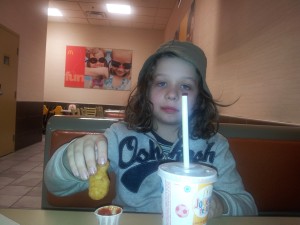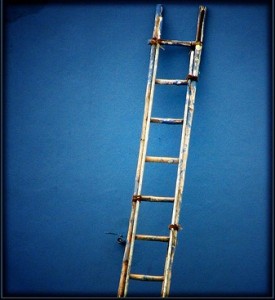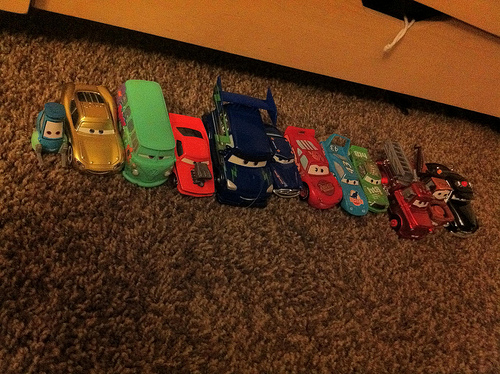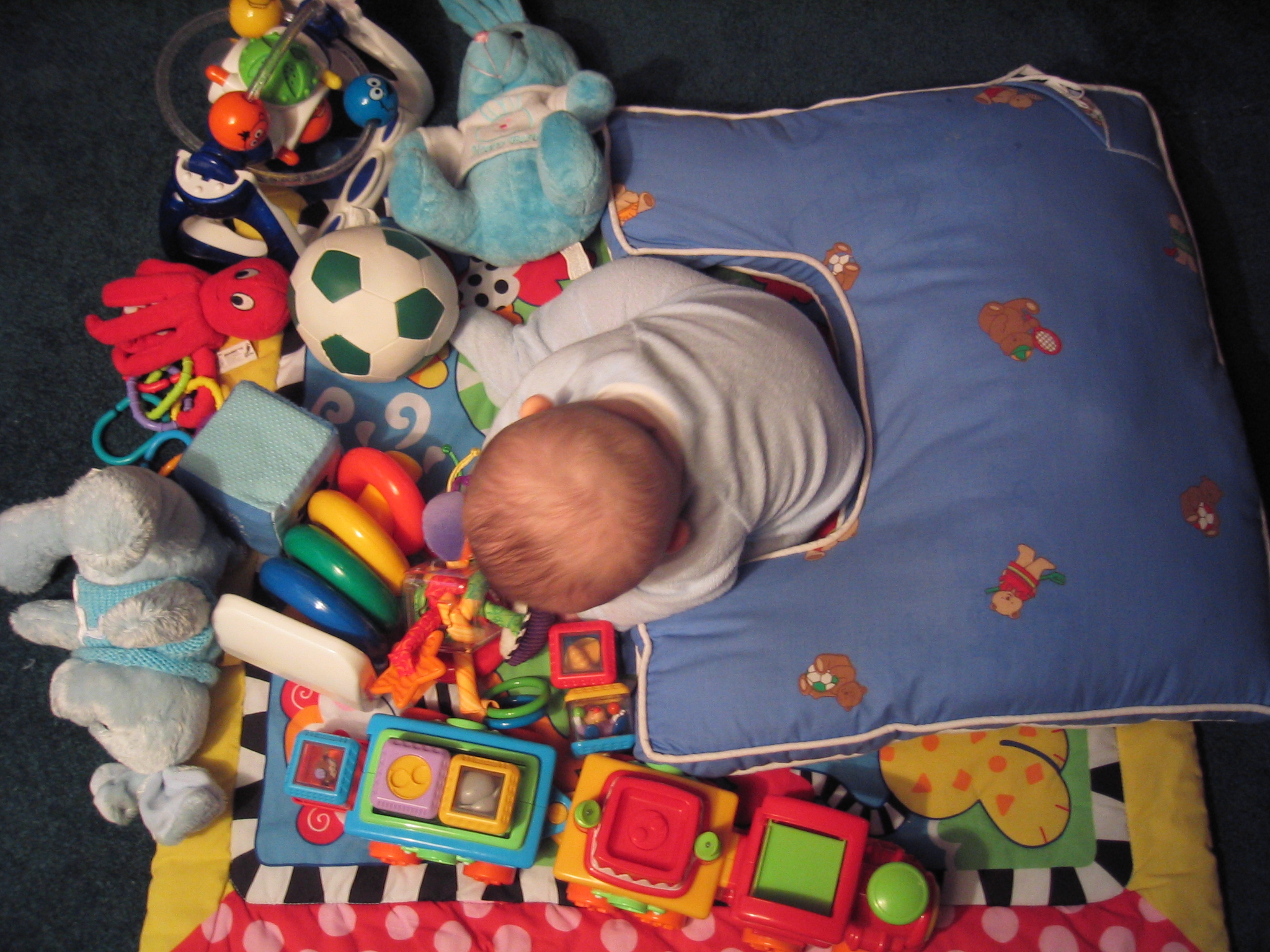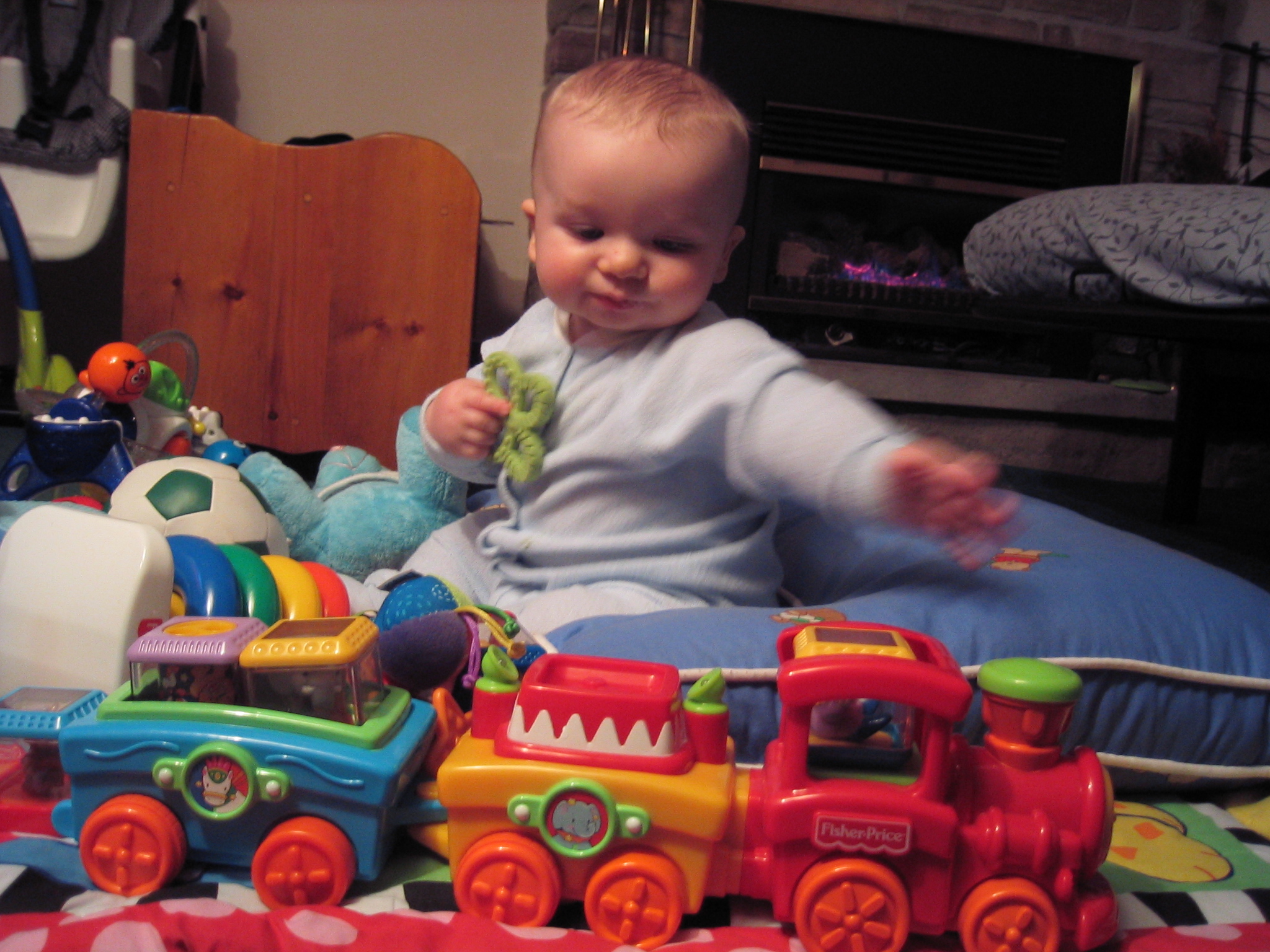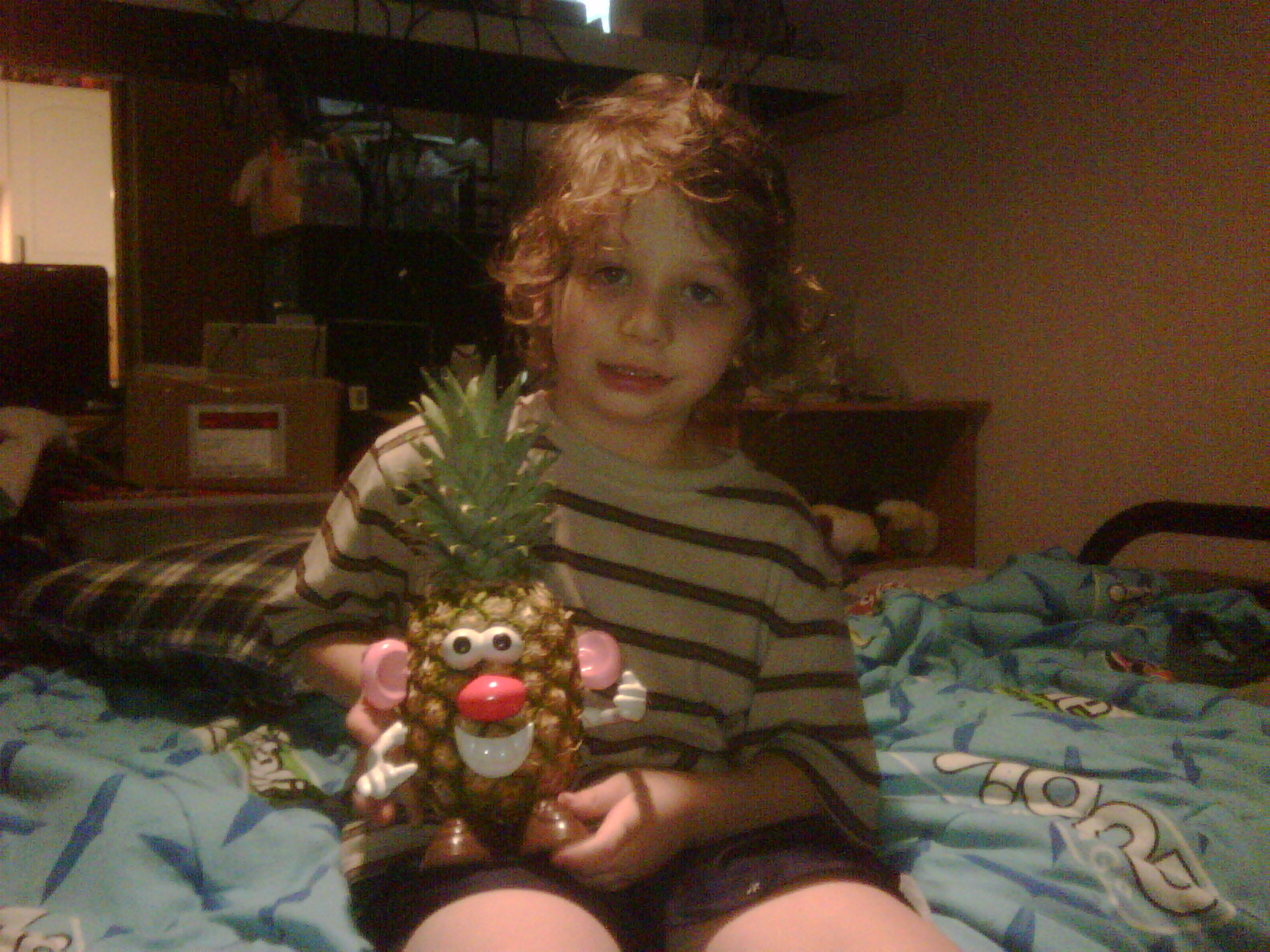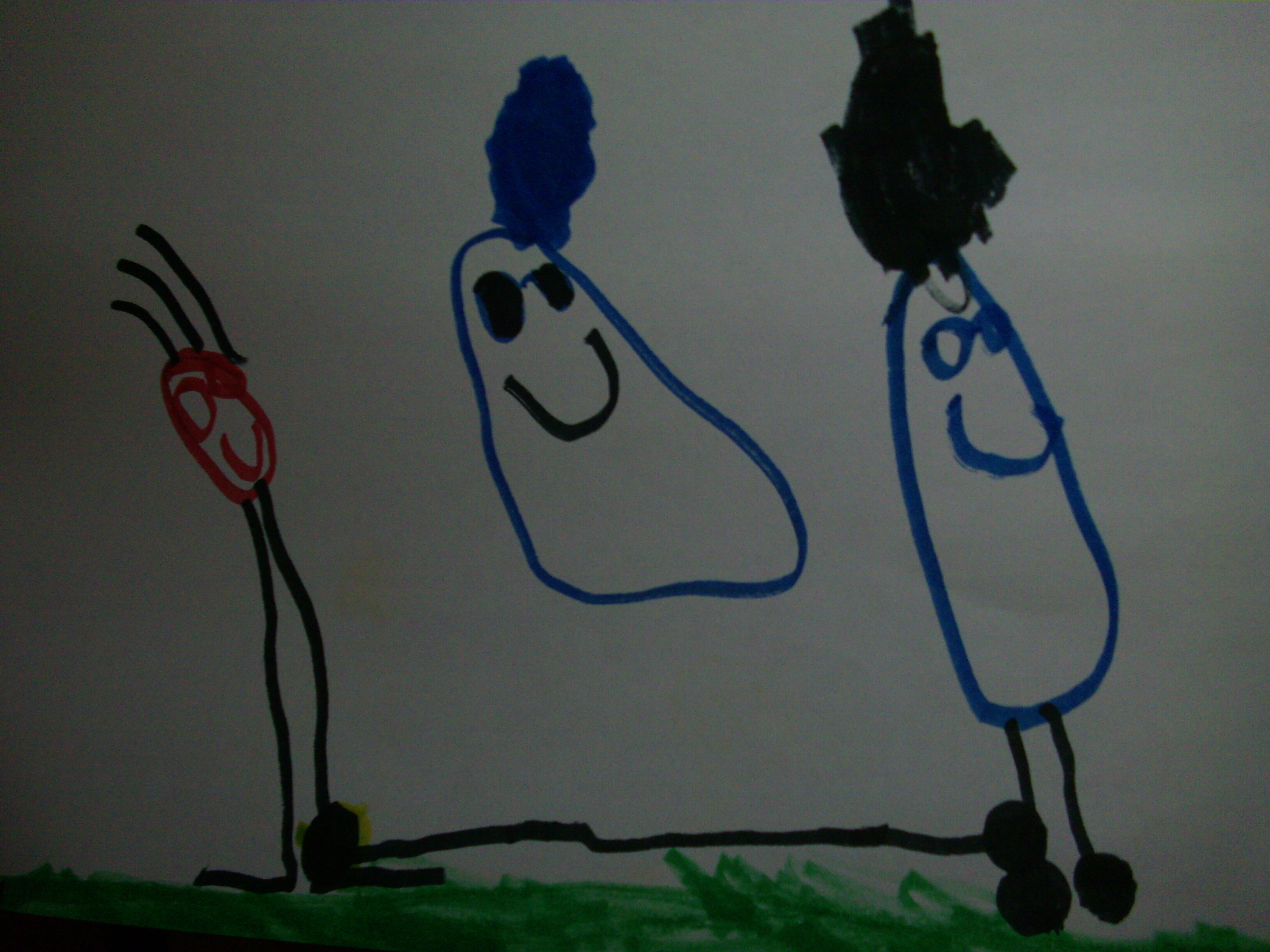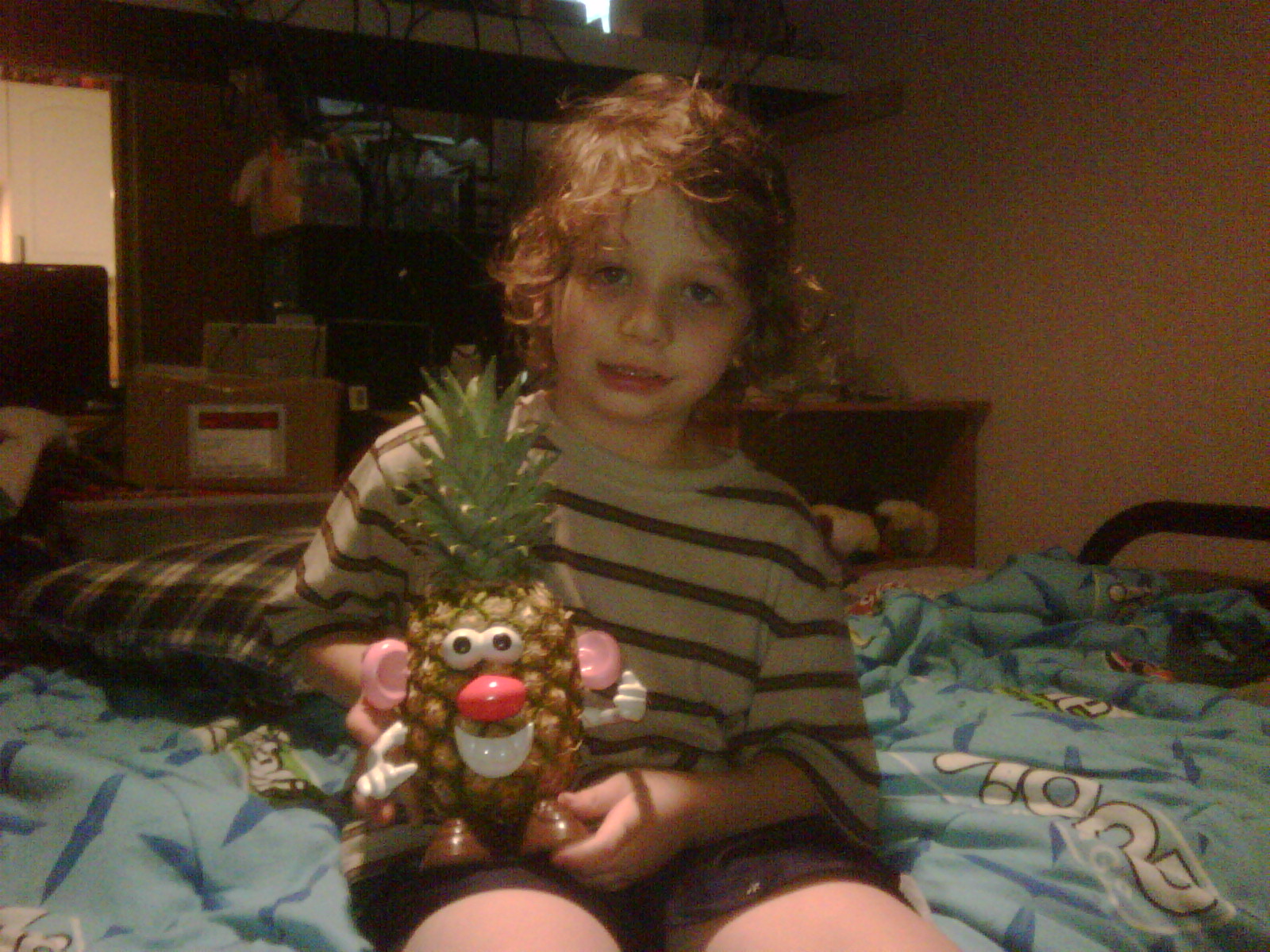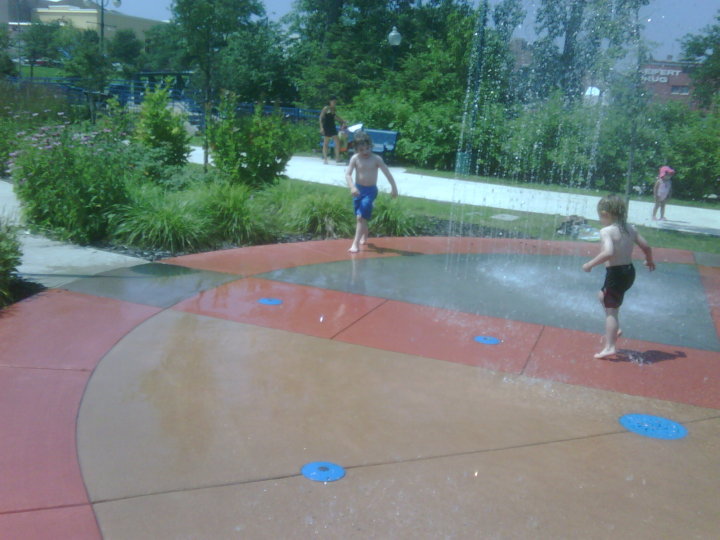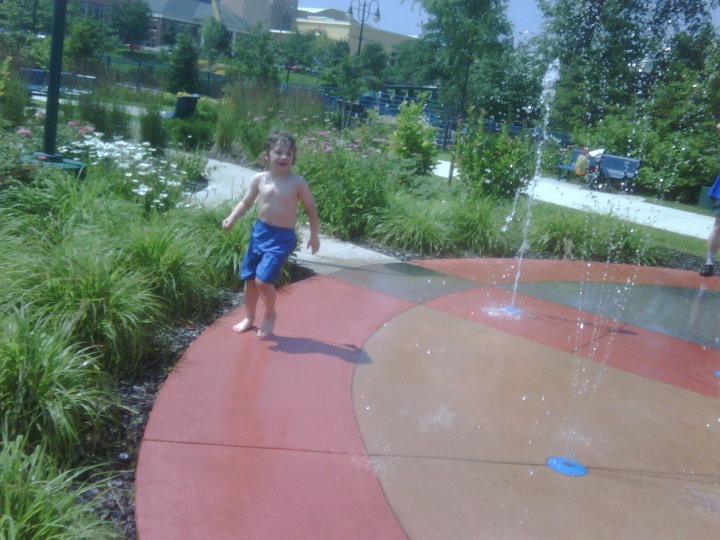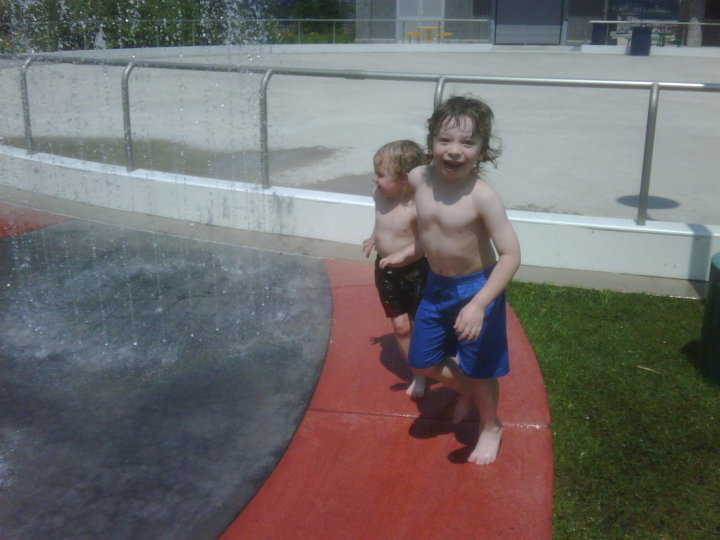It has been far too long since I posted anything on my humble blog. For most of this year, life has moved at an overwhelming pace. I have barely had time to sleep, let alone do things like personal blogging and running. It is only now, while I’m on a desperately needed vacation in South Africa, that I have been able to catch my breath.
Having been silent on my blog for so long, I’ve been struggling to decide what to say. Then, last week, a very close family friend dropped in for a visit and told me that she had come across a poem that I had written years ago.
When I say “years ago”, I actually mean decades. The poem is dated October 5th, 1986. I was sixteen years old and approaching the end of Grade 11.
And so today’s post is proudly brought to you by a much younger me.
Life
Life is like a play which starts at birth and ends at death
The play is divided into acts –
Each act represents a part of your life
And each act is important however big or small it is
The acts are divided into scenes –
Each scene reveals an element of your inner self
And each scene is as important as every other scene
Just as scenes make up an act
Each element of your character makes up the whole you
And just as acts make up a whole play
You alone can make your life
There are no prompts to tell you what to do or say –
It all comes from you
You alone can decide how you want to play your part
And you alone can play that part
You are not the only actor on the stage –
For the play to be a success
The actors must consider each other
And give each other a chance to speak
And persevere to enjoy acting with each other –
For where there’s a stage there will always be actors
There will never be another you
And therefore the play would not be the same without you
You are a one in a million actor
This is the only chance you will ever have to act in this play
Therefore you should act your part to the full
And give whatever you can to improve the set
So that when the curtain comes down on you
Everyone, including you – a unique, valuable actor
Can smile at what you have given to this play
This is an original post by Kirsten Doyle. Photo credit: Tim Green. This picture has a creative commons attribution license.






